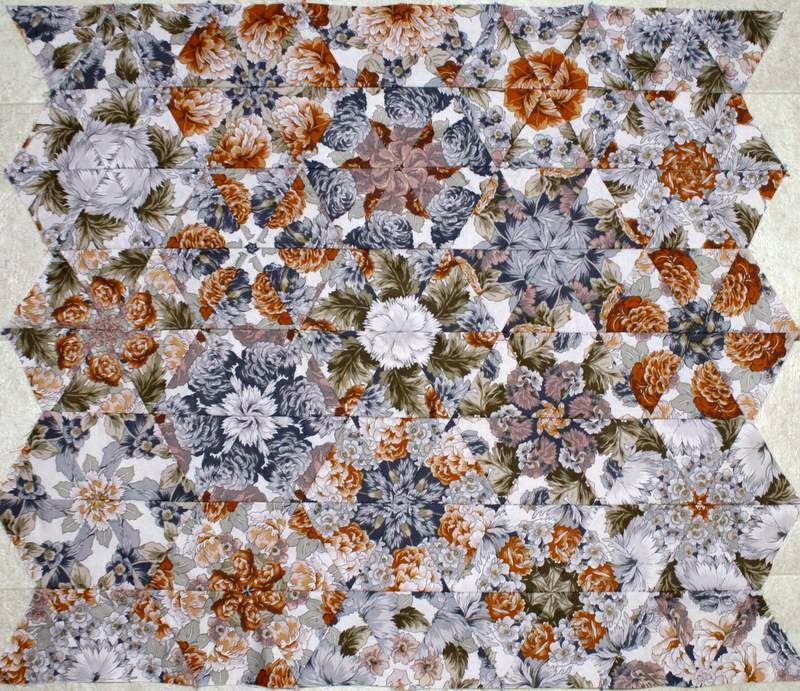From Roni:
Our leather is all salvaged and recycled. Natural hides I buy when I go home in the summer to Cape Croker-Nawash. If animals are hurt on the road or put to rest for health reasons, they are traded to First Nations' by whom they are used completely for crafts, tools, food. Many of our harder tan or coloured hides come from used clothing stores to get repurposed. No animals are harmed or forgotten.
Holes in hard tan leather like this are made with an awl and hammer. For soft leather, a belt punch makes it a lot easier.
Stitching on medicine bags gets folded in so sage and other leaves can't crumble and fall out but most stitching is done on the outside so if you need a lace to tie something else this lace is accessible. A nice round stitch helps to keep small things in and is decorative.
A little water or glue on the knot shrinks the leather and keeps it tied tight.
We treat our leather with bee product. It cleans any little spots off and waterproofs the leather. We get ours in Carlisle, just up the road from Rural Creators' Collective.
Roni's work can be found year round at the Rural Creators' Collective in Carlisle (details on the side bar). She will also be at the Carlisle Country Craft and Old-Fashioned Market Mercantile August 23 and 24, 2014.
Linking up with: Keep Calm Craft On over at Frontier Dreams
Linking up with: Keep Calm Craft On over at Frontier Dreams









































hexagons+until+happy+with+the+design.JPG)











